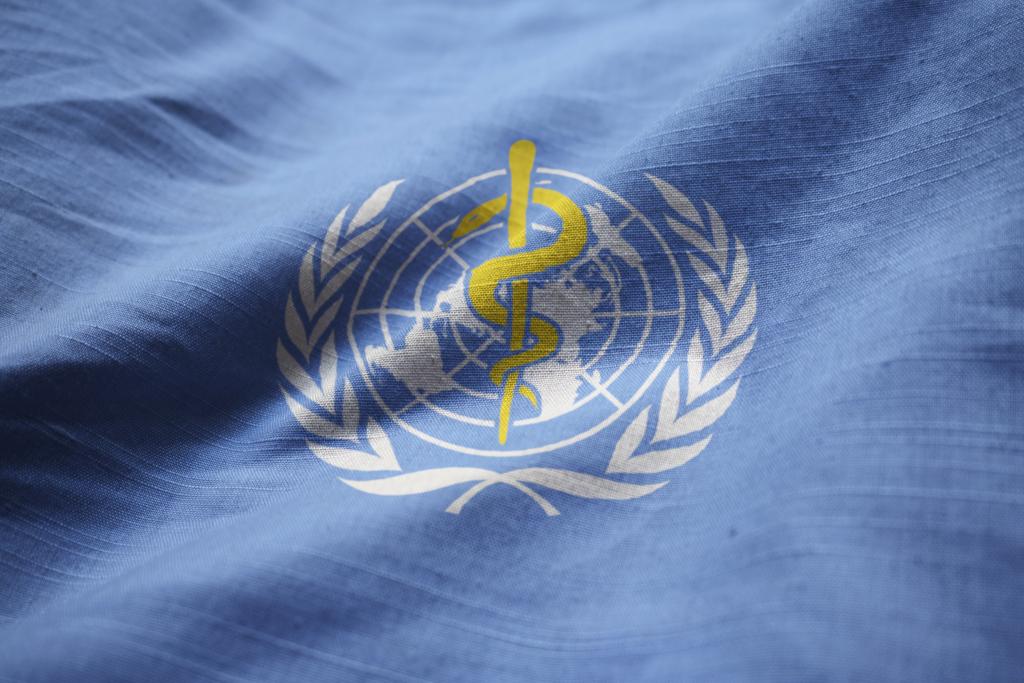Two systems discovering each other
The international sharing of pathogens has been relatively unregulated until recently, based on informal collaboration among scientists. The 1992 UN Biodiversity Convention (CBD) is instead premised on sovereign control over genetic resources and aims at preserving biodiversity, regulating access and ensuring the sharing of benefits with source countries. The biodiversity regime was not conceived with public health in mind; the two systems ignored each other until developing countries suddenly invoked the CBD during the global scare on an avian flu pandemic as the legal basis to stop sharing viruses without a clear guarantee of benefits. This crisis led to the adoption in 2011 of a multilateral framework coordinated by WHO for sharing pandemic flu viruses and benefits (PIP Framework). This approach has proved successful and may offer valuable experiences for other pathogens beyond flu.
The Nagoya Protocol - A game changer
This 2010 Protocol to the CBD regulates, in detail, the sharing of benefits arising from the utilisation of genetic resources and adopts a bilateral approach in contrast with the multilateral cooperative approach required for public health. The Protocol has 116 parties and there is evidence that it is affecting virus sharing, most disquietingly for seasonal flu. Even though the Protocol sets clear default rules and has a number of safeguards that could meet health concerns, there is still considerable uncertainty on its implementation. A separate issue concerns genetic sequence technology that turns biological samples into computer files that can be freely accessed in public databases and turned back into a real virus in a lab. This technology is spreading rapidly and can sideline the PIP Framework and the Nagoya Protocol, both grounded on accessing physical biological material.
A time of uncertainty
While much needs to be clarified, both WHO and the CBD/Nagoya governance are working and collaborating to reconcile two very different mechanisms and address uncertainties, in particular the treatment of genetic sequencing, how public health priorities can be safeguarded within the CBD/Nagoya framework and whether the PIP Framework model is feasible beyond pandemic flu. However, political consensus is elusive for the moment and the two communities involved do not always speak the same language. There is no visible momentum for a new dedicated treaty on this issue, thus the priority will be to coordinate the existing regimes with full consideration for the need to ensure both equity and global health security and the considerable potential for synergy between them. It would be sadly ironic if an international legal regime aiming at the conservation and equitable management of a shrinking pool of genetic resources compromised international scientific collaboration and the protection of the health of mankind.


